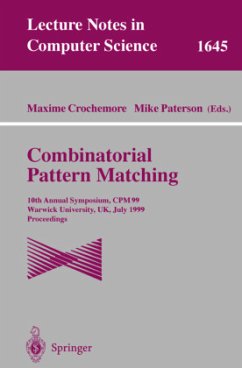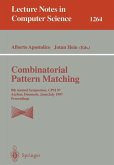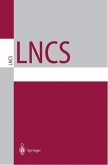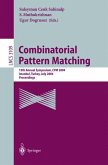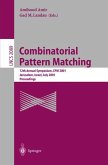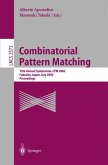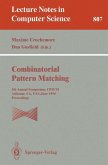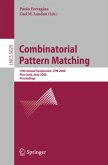The papers contained in this volume were presented at the Tenth Annual S- posium on Combinatorial Pattern Matching, held July 22 { 24, 1999 at the University of Warwick, England. They were selected from 26 abstracts subm- ted in response to the call for papers. In addition, invited lectures were given by JoanFeigenbaumfromAT&TLabsResearch(Massivegraphs:algorithms,app- cations, and open problems) and David Jones from the Department of Biology, University of Warwick (Optimizing biological sequences and protein structures using simulated annealing and genetic algorithms). The symposium was preceded by a two-day summer school set up to attract and train young researchers. The lecturers of the school were Alberto Ap- tolico (Computational Theories of Surprise), Joan Feigenbaum (Algorithmics of network-generatedmassivedatasets),Leszek Gasieniecand PaulGoldberg (The complexity of gene placement), David Jones (An introduction to computational molecularbiology), Arthur Lesk (Structuralalignmentandmaximalsubstructure extraction),Cenk Sahinalp(Questformeasuringdistancebetweenstrings:exact, approximate, and probabilistic algorithms), and Jim Storer. Combinatorial Pattern Matching (CPM) addresses issues of searching and matching strings and more complicated patterns such as trees, regular expr- sions, graphs, point sets, and arrays. The goal is to derive non-trivial combi- torial properties of such structures and to exploit these properties in order to achieve superior performance for the corresponding computational problems. Over recent years, a steady ?ow of high-quality research on this subject has changed a sparse set of isolated results into a fully-?edged area of algorithmics.

